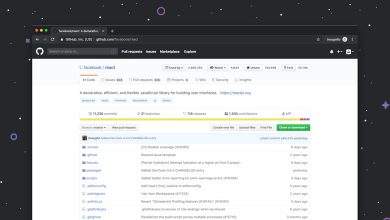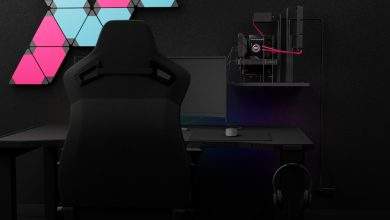
Is Cardano a layer 1 crypto?
Cryptocurrencies have grown far beyond simple digital payments. They are now complex ecosystems built on various types of blockchain technology. In this ever-evolving space, Cardano has emerged as a major player. But a common question among both beginners and seasoned investors is: Is Cardano a layer 1 crypto? The answer is yes—but there’s much more to the story.
What Is a Layer 1 Crypto?
To understand Cardano’s position in the crypto landscape, it’s essential to grasp the concept of layer 1 blockchains. In blockchain terminology, a “layer 1” protocol refers to the base layer of a blockchain network. These platforms operate independently with their own rules, consensus mechanisms, and governance structures.
Some well-known layer 1 cryptocurrencies include:
- Bitcoin – The original decentralized currency focused primarily on peer-to-peer transactions.
- Ethereum – A versatile layer 1 chain enabling smart contracts and decentralized applications (dApps).
- Solana – Known for its high performance and throughput capabilities.
Layer 1 chains are the core infrastructure of decentralized ecosystems. They are not built on top of another blockchain, unlike layer 2 solutions such as Polygon or Lightning Network, which aim to improve scalability and reduce bottlenecks on their respective base layers.
So, Is Cardano Layer 1?
Yes, Cardano is a layer 1 blockchain protocol. It is a decentralized platform designed for running smart contracts and host dApps, all while maintaining a strong emphasis on security, scalability, and sustainability. Launched in 2017 by Input Output Hong Kong (IOHK), led by Charles Hoskinson (a co-founder of Ethereum), Cardano was built from the ground up using a research-driven, peer-reviewed development approach.
This layer 1 chain uses a unique consensus mechanism called Ouroboros, a proof-of-stake (PoS) algorithm that Cardano proponents argue is more energy-efficient and secure than the traditional proof-of-work (PoW) models used by Bitcoin and earlier blockchains.
[ai-img]cardano blockchain infrastructure, proof of stake, smart contracts[/ai-img]Key Features of Cardano as a Layer 1
Cardano offers several distinctive features that reinforce its role as a full-fledged layer 1 protocol:
- Smart Contract Capability: With the launch of the Alonzo hard fork in 2021, Cardano enabled developers to build and deploy smart contracts using the Plutus language.
- Scalability and Interoperability: Future updates like Hydra, a layer 2 extension, aim to increase transaction throughput while letting Cardano interact with other blockchains more easily.
- Self-Sustaining Governance: Through its Voltaire era, Cardano aims to become a decentralized system where stakeholders can propose and vote on future developments and funding.
- Robust Academic Foundation: Cardano’s model is grounded in mathematical proofs and academic research, offering a unique, verification-heavy approach compared to more rapidly evolving ecosystems.
How Cardano Differs from Other Layer 1 Protocols
While Cardano fits squarely into the layer 1 category, its approach differs in a few notable ways:
- Slow and Methodical Development: Unlike the “move fast and break things” mentality, Cardano’s development is deliberate, with each step being peer-reviewed and tested extensively.
- Modular Architecture: This allows for easier implementation of new features without overhauling the entire system.
- Dual-Layer Design: Cardano separates its transaction layer (for transferring value) from its computation layer (for handling smart contracts). This enhances scalability and performance.
Future Prospects for Cardano
Cardano has a detailed roadmap consisting of development phases named after historical philosophers: Byron (foundation), Shelley (decentralization), Goguen (smart contracts), Basho (scaling), and Voltaire (governance). These phases aim to make Cardano not just competitive with, but more advanced than, other layer 1 platforms.
However, challenges remain. Cardano has been criticized for its slow rollout of features compared to faster-moving platforms like Solana or Ethereum 2.0. Nonetheless, if it can deliver on its promises, Cardano could become one of the most robust and future-proof layer 1 solutions in crypto.
Conclusion
Cardano is indeed a layer 1 blockchain protocol, one that stands apart due to its academic rigor, sustainability focus, and unique architecture. While it may not be the fastest moving in terms of feature deployment, its commitment to a structured, peer-reviewed development approach may eventually set it up as one of the most secure and scalable platforms in the decentralized world.
So, whether you’re an investor, developer, or simply a crypto enthusiast, understanding Cardano as a layer 1 blockchain helps illuminate its potential role in shaping the future of decentralized finance and digital infrastructure.



